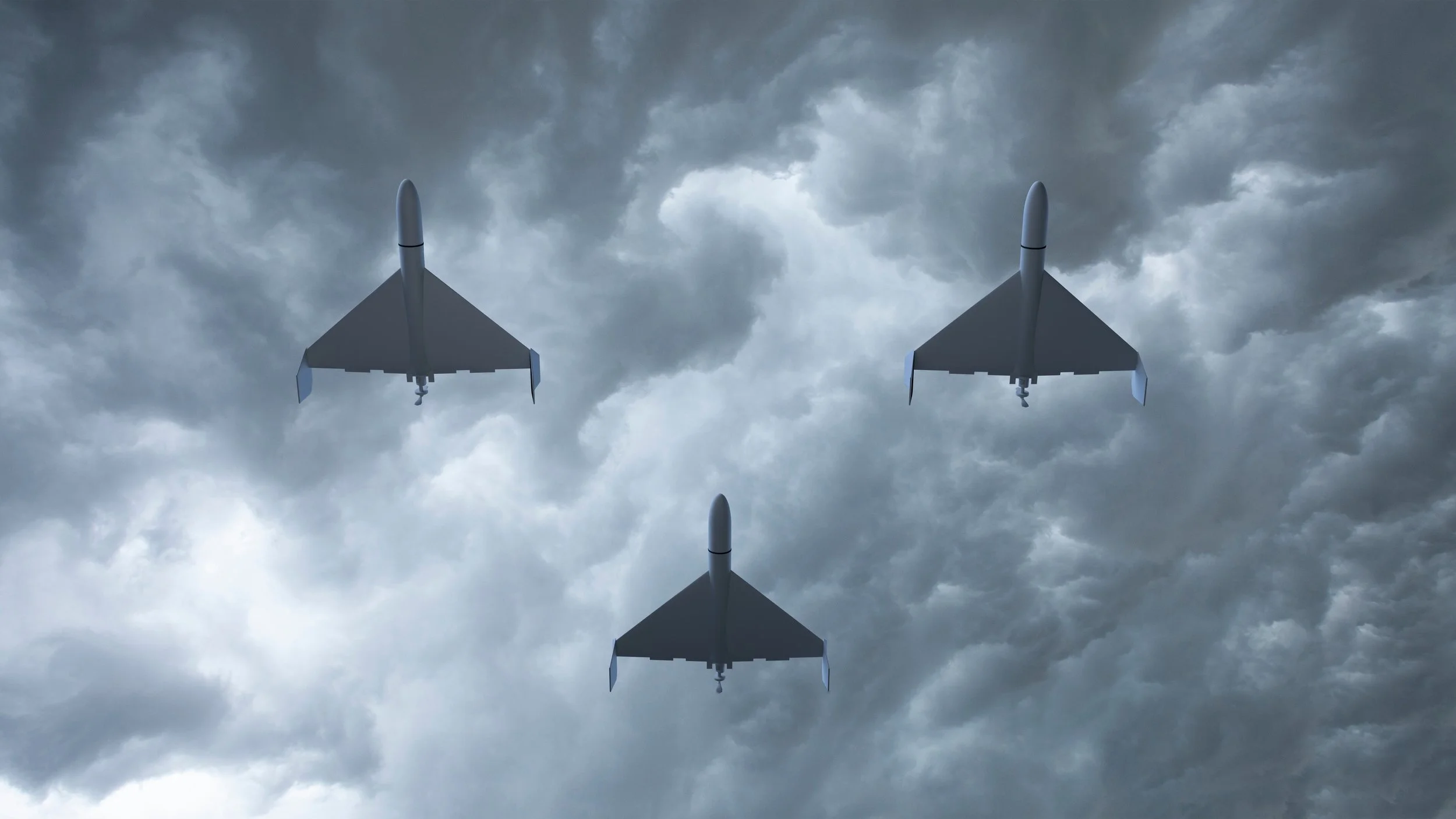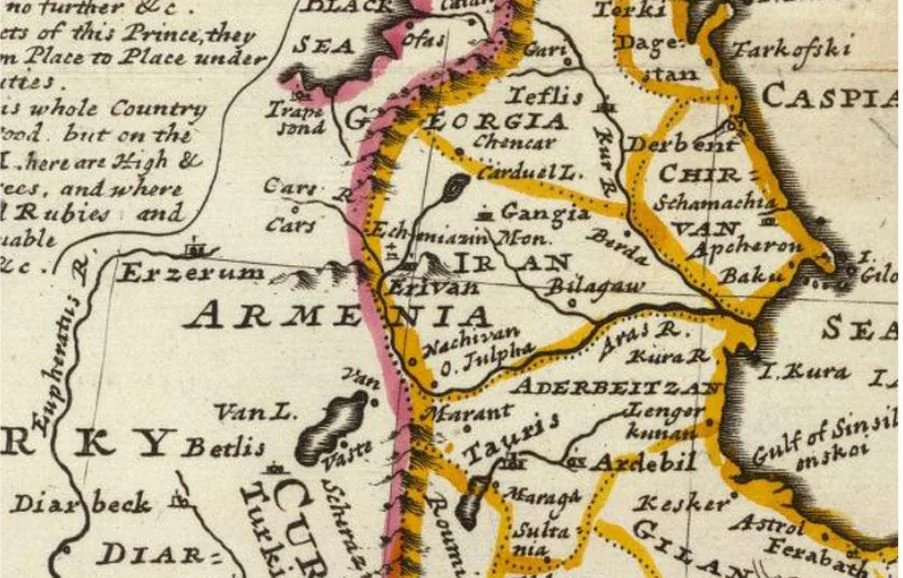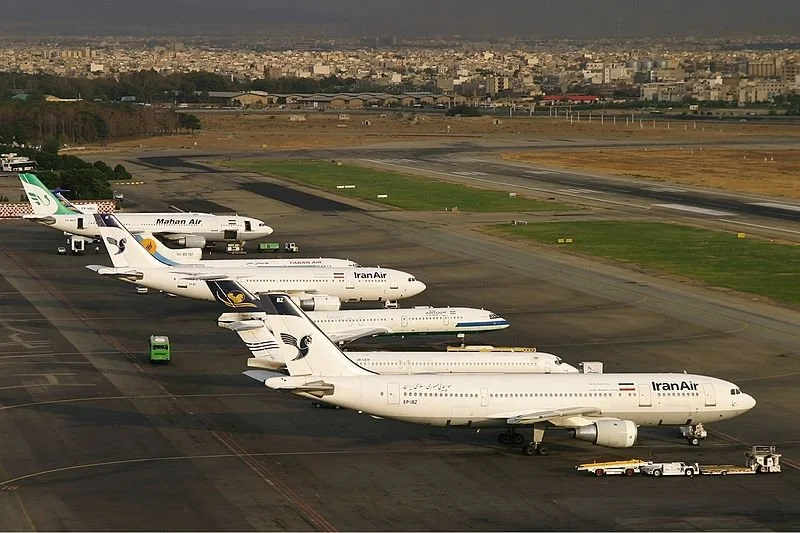Media Guide: Iran’s “Axis of Resistance,” An Uncertain Future
/By AIC Senior Research Fellow Andrew Lumsden
Though perhaps not out of place in a region that has seen countless kings and empires rise and fall, the political upheavals in the Middle East of the past several months have shocked even some of the most jaded of observers.
The devastation of Hamas in the Gaza Strip, the near-total decapitation of Hezbollah in Lebanon and the whirlwind collapse of the Assad government in Syria have left Iran’s “axis of resistance,” once heralded, even begrudgingly by Iran’s opponents, as a formidable geopolitical force, greatly diminished and facing an uncertain future.
This Media Guide will revisit Iran’s main allies and proxies in the Gaza Strip, Lebanon, Syria, Yemen and Iraq and explore how their circumstances have changed over the past two years and what these shifts may mean for Iran’s geopolitical future.
Read More



















